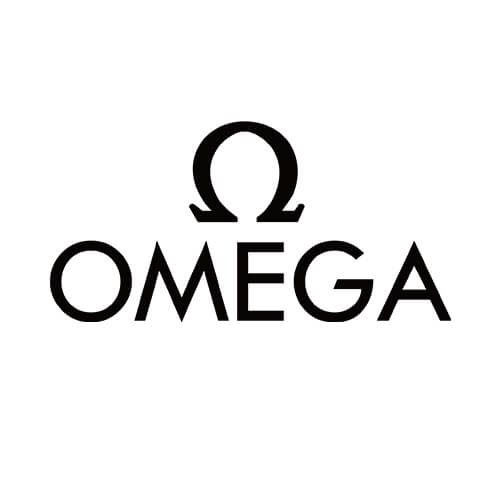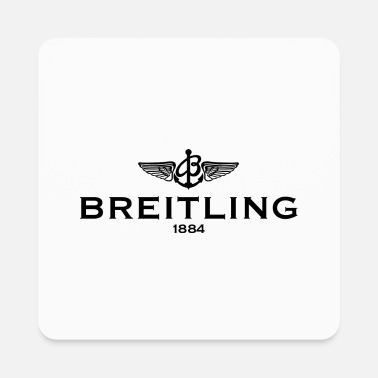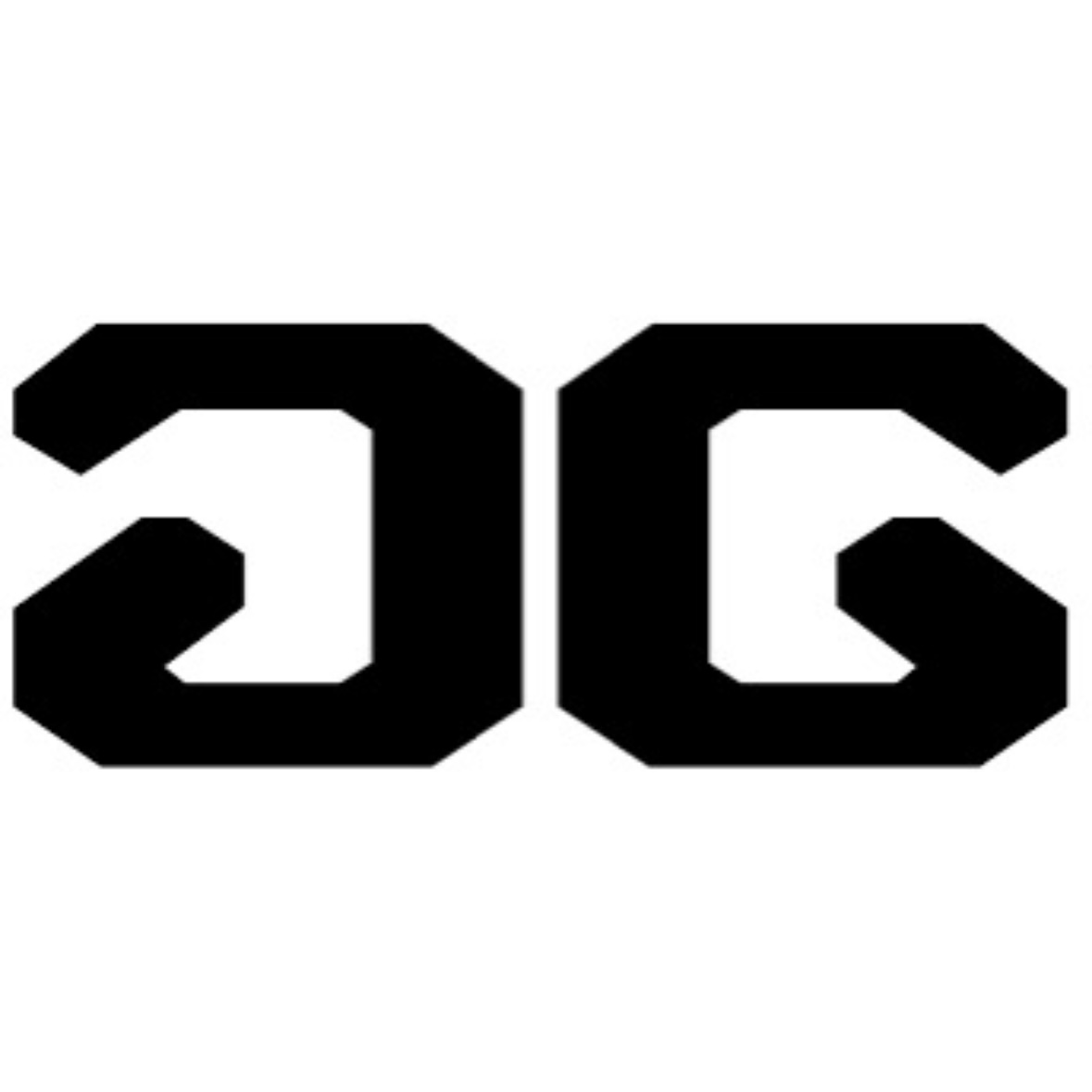Watch Facts
Quiz: 2024.11.13 Quiz (LOGO)

Established in 1846 Ulysse Nardin has a rich history characterized by horological innovation. Its early achievements include precision marine chronometers, which garnered recognition at international exhibitions in the late 19th century. Notable historic dates include the introduction of the Astrolabium Galileo Galilei in 1985, a wristwatch with astronomical indications.
Ulysse Nardin’s logo features an anchor, paying homage to the brand’s maritime heritage and its legacy of crafting marine chronometers. This emblem reflects the connection between Ulysse Nardin’s historic contribution to accurate timekeeping for maritime navigation and its contemporary presence in the world of luxury watchmaking. The logo’s use of an anchor aligns with Ulysse Nardin’s commitment to precision and craftsmanship, bridging its historical significance with its modern horological endeavors.

Established in 1853 by Charles-Félicien Tissot and his son, Tissot is a distinguished Swiss watchmaker renowned for its innovative timepieces. In 1853, the company began as “Charles-Félicien Tissot & Son” in Le Locle, Switzerland. Tissot marked a milestone in 1930 by introducing the first non-magnetic watch. This commitment to innovation continued with the 1953 launch of the Tissot Navigator, the world’s first mass-produced antimagnetic watch.
The Tissot logo, comprised of the brand name in distinctive typography, echoes the company’s heritage of refinement and precision. Its logo has evolved over time, yet the essence of classic sophistication remains.

Established in 1917, the Rado brand has traversed a significant trajectory in horology. Its journey began with its foundation in Lengnau, Switzerland. Pioneering the fusion of innovative materials and design, Rado gained recognition for its groundbreaking approach. Notably, Rado’s inventive use of ceramic materials in the 1980s revolutionized watchmaking, setting new industry standards. Throughout its history, Rado has consistently upheld a commitment to combining cutting-edge technology with aesthetic appeal.
The Rado logo consists of a simple anchor-shaped emblem accompanied by the brand name “RADO” in capital letters. The anchor, depicted horizontally, symbolizes stability, strength, and reliability, characteristics that align with Rado’s commitment to precision and durability in watchmaking.

Omega was founded in 1848 by Louis Brandt. In 1894, the company introduced the iconic Omega 19-line caliber, which marked a significant advancement in watchmaking precision. This movement eventually led to the brand’s name, “Omega,” representing the ultimate achievement in horological accuracy.
Omega’s contributions to sports timing and accuracy began in 1932 when it became the official timekeeper for the Olympic Games, a role it still holds today. In 1965, NASA selected the Omega Speedmaster as the official watch for its astronauts, culminating in the Speedmaster becoming the first watch on the Moon during the Apollo 11 mission in 1969.
The brand’s logo, a Greek letter “Ω” (Omega), symbolizes perfection and achievement in watchmaking. This emblematic logo reflects Omega’s commitment to precision and innovation.
Throughout its history, Omega has consistently pushed the boundaries of timekeeping technology while maintaining its reputation for exquisite craftsmanship and iconic design, securing its place as a prominent and respected figure in the world of horology.

Harry Winston, renowned for its luxury jewelry since 1932, entered the watchmaking industry in 1989. The brand is celebrated for its Opus series—innovative collaborations with leading independent watchmakers that showcase groundbreaking design and complex mechanics. Key collections like the Histoire de Tourbillon highlight Harry Winston’s prowess in crafting sophisticated complications. In 2013, the Swatch Group acquired the brand, bolstering its capacity for innovation while maintaining its legacy of high-end jewelry and precision horology.

Known for the “Cintrée Curvex” case, the Franck Muller logo usually features the brand’s name in a stylized, elegant typeface that captures the brand’s identity as the “Master of Complications.” The logo emphasizes luxury and innovation in watch design.

Established in 1735, Blancpain stands as one of the oldest Swiss watch manufacturers. Its founding by Jehan-Jacques Blancpain marked the inception of a legacy steeped in horological excellence. The company’s rich history is punctuated by key milestones, including the launch of the iconic Fifty Fathoms diving watch in 1953, designed for French combat divers. In 1983, Blancpain became part of the Swatch Group, which nurtured its traditions while fostering innovation.
Blancpain’s logo, a motif of a stylized moon and sun, embodies the brand’s commitment to artisanal craftsmanship and a ceaseless pursuit of precision. The dual celestial elements hark back to time-honored traditions and the cyclical nature of time itself. This emblem resonates with the brand’s dedication to harmonizing traditional watchmaking with modern innovation, mirroring the intricate interplay of celestial bodies.

Established in 1884 by Léon Breitling, the Breitling brand has a storied history in watchmaking. It gained prominence in the aviation industry during the 20th century, specializing in precision timepieces for pilots. Noteworthy historic dates include the introduction of the first wrist chronograph with a separate pusher in 1915, and the creation of the iconic Navitimer in 1952, featuring a circular slide rule for aviation calculations.
Breitling’s logo, known as the “winged B,” embodies its aviation heritage. Adopted in the 1950s, the stylized wings denote the brand’s association with aviation and precision timekeeping. The logo signifies Breitling’s commitment to accuracy, innovation, and its enduring connection to aviation enthusiasts and professionals.

The logo for Glashütte Original features two stylized letters “G” facing each other, forming a symmetrical, emblematic design that hints at precision and classic German watchmaking heritage. This logo not only represents the brand’s roots in the historic watchmaking town of Glashütte but also emphasizes its commitment to intricate, high-quality craftsmanship.

Established in 1832, Longines holds a prominent position in watchmaking history. Its legacy is marked by significant milestones: The brand introduced its first movement in 1867, and by 1880, it had already earned global recognition for its timekeeping precision. In 1913, Longines developed the revolutionary high-precision chronograph movement, solidifying its reputation for innovation.
The Longines logo, an hourglass with wings, speaks to its timekeeping expertise and elegance. It was registered in 1889, symbolizing the brand’s commitment to both precision and grace. The hourglass underscores accurate timing, while the wings evoke notions of swiftness and freedom, resonating with the brand’s spirit.
